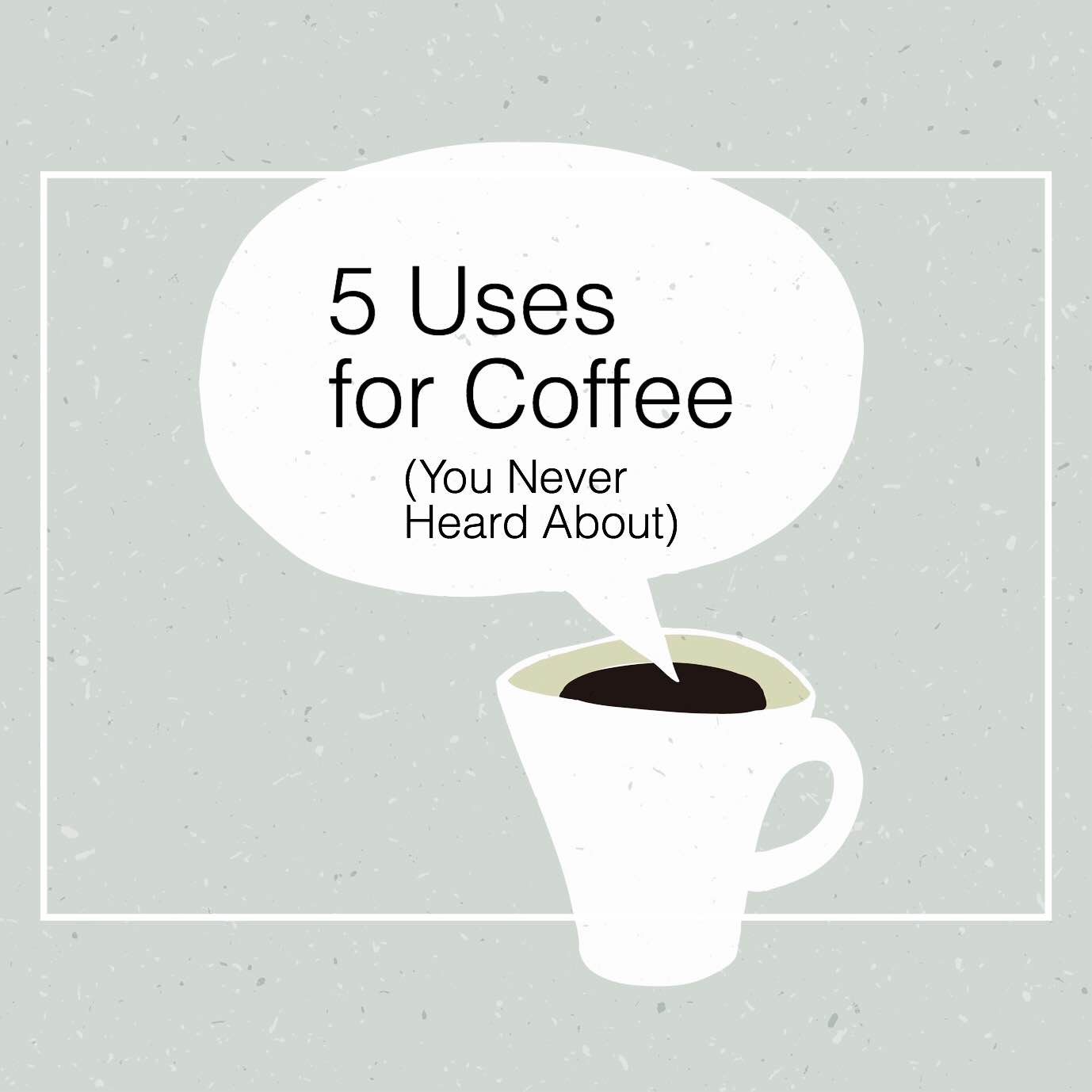The honeybee’s plight is a concern for all of us, but Europe may have found a way to help the bee population return from the brink. The dying of honeybee populations around the globe has been called colony collapse disorder, a very serious problem.
According to a USDA survey of bee colonies in the U.S., between 750,000 and one million colonies died in the United States over the winter of 2007 through 2008 alone, which is approximately a 36% loss of bees in one season. Winter die-off is normal, but the bees are dying at a rate beyond the typical winter losses.
Bees are so crucial for our food production. But we often miss these tiny helpers as we seek faster, better, and safer ways to put food on our tables. Bees and other pollinators like bats and butterflies feed off the flowers plants produce.
The action of the bees visiting the flowers transfer pollen from one plant to another, which then becomes a fertilized fruit. All nut and fruit trees require pollination. All vegetables that grow above ground, like peas and squash, need bees too. And all of the seeds that we eat are the result of pollination. You can see how important honeybees are for our healthy, natural diets from plant sources.
The Bee Population is Resurging In Europe. Here’s Why…
According to Greenpeace, the European Commission adopted a two-year ban on three bee-toxic pesticides. Scientists will use the two-year timeframe to watch the bees’ recovery rate and may consider a longer-term ban on these and other pesticides. Eight European countries have also banned genetically modified foods.
According to a review in the Seattle Journal of Environmental Law, despite petitions, the EPA has decided to leave the pesticide on the market and in use while further research is done. The pesticide manufacturers and agribusiness companies claim that there is insufficient evidence to show a real problem with pesticides and the bee population.
Pesticides that kill bees
The bee-toxic insecticides and pesticides sprayed, dripped, or irrigated into plants are neonicotinoids. The word nicotine is in there because these are made from a derivative of nicotine. The chemicals are made by Bayer (patented in 1986) and Syngenta. Pesticides like these are, according to one toxicity study from the University of Florida, highly toxic to bees, and can be mildly toxic to birds and fish.
If you aren’t eating organic, you’re eating pesticides
Because these insecticides/pesticides are systemic, the entire plant absorbs them, from root to fruit to pollen. You can’t wash off this kind of sneaky pesticide if you wash your produce. Unless you specifically purchase produce grown organically and without pesticides, you are probably eating this bee-killer.
According to a BBC report, ‘Pesticides made in this way are water-soluble, which means they can be applied to the soil and taken up by the whole plant – they are called “systemic”, meaning they turn the plant itself into a poison factory, with toxins coming from roots, leaves, stems, and pollen. Neonicotinoids are often applied as seed treatments, which means coating the seeds before planting.’
There were 1142 accidental poisonings with these specific bee-killing pesticides reported to six Texas poison control centers between 2000-2012. These accidental poisonings are often from farm workers exposed to the chemicals while working for farmers who used the products.
In humans, the symptoms of poisoning by Neonicotinoid pesticides include:
- eye reddening
- skin reddening
- nausea
- vomiting
- mouth irritation
In rats, the poisons cause additional symptoms:
- lethargy
- respiratory disturbances
- decreased movement
- staggering gait
- occasional trembling and spasms
Agroecology is the food producing wave of the future
In a TED talk, Pablo Tittonell described the future of a more natural food production system called Agroecology. In Agroecology, there is no waste because waste is food for other plants, like mushrooms. Agroecology can help develop diverse farming systems on a large scale, with no GMOs and in a system that focuses on renewable resources and offers many business opportunities.
An example of how this could work is to imagine rice growing on a layer of water and then imagine that we add fish, ducks, and other floating plants to the rice field. More food is available in the same amount of space. This also adds diversification to the diet, and pesticides would not work because that would kill the fish, but the fish and ducks could eat any insects that attack the rice.
What you can do to help
Share what you have learned with others and spread the word about protecting our food production. Here’s how to help create a resurging bee population here as well:
- Buy organic, pesticide-free produce
- Request organic produce whenever possible dining out
- Grow your organic produce
- Support local organic farmers
- Plant bee-friendly flowers
- Allow some natural areas in your yard or garden
- Make fresh water sources available
- Don’t use chemicals in your garden
- Tell legislators about your health preferences when it comes to food production
In June 2014, President Obama announced the formation of a task force to identify a Strategy to Promote the Health of Honey Bees and Other Pollinators. Although the group’s goals are impressive, if more people followed the above steps, the honeybee population could also see a resurgence here in America.









